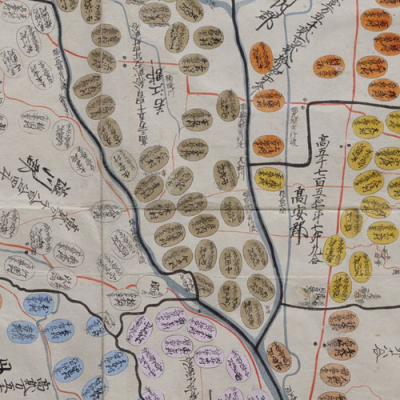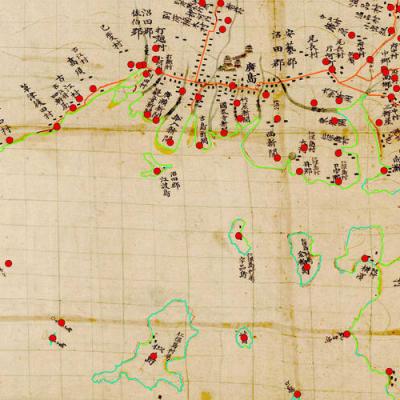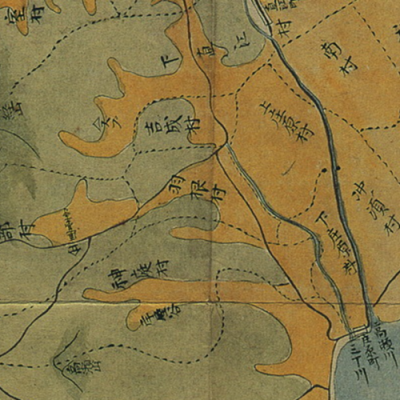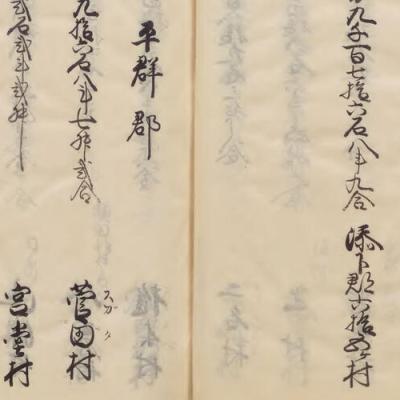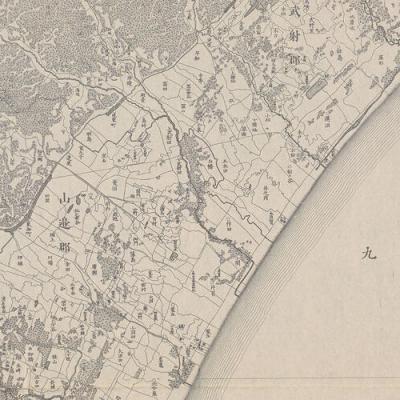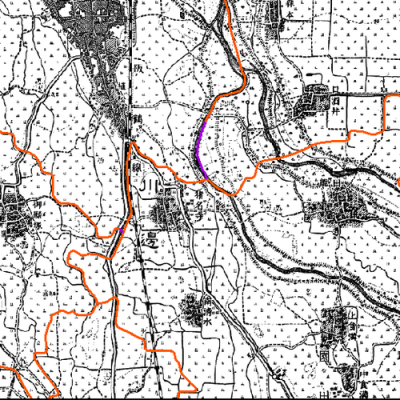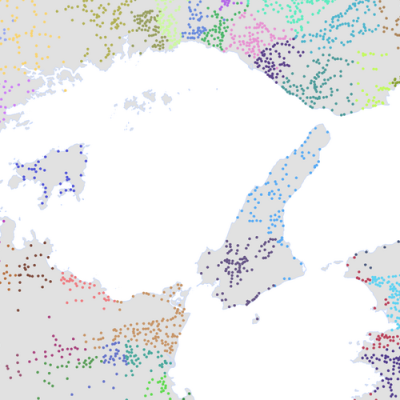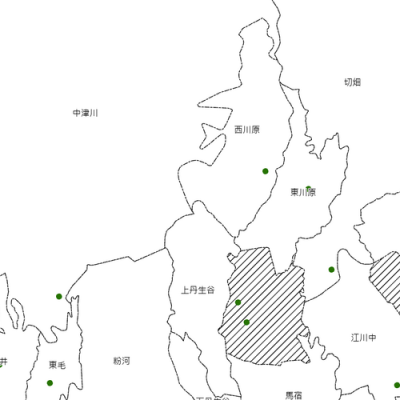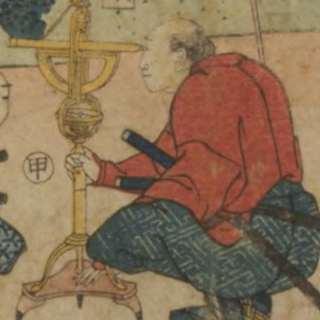Inspired by the idea that some forms of knowledge production require a range of expertise and a scale of labor that cannot be covered by a single individual, the lab was established in fall 2019 by Fabian Drixler and has four other full-time lab members.
The main project in the inaugural two years of the DTL is mapping Japan’s feudal territories across 270 years and down to each of the 60,000 villages.
Tokugawa Japan has an enormous volume of surviving documentation and a sophisticated historiography. Accurate territorial maps that go beyond small regions and individual years, however, have remained elusive. Near-comprehensive shogunal surveys of feudal ownership exist for two moments in time, 1664 and ca. 1868. The first of these has been turned into maps by Nishioka and Hattori in 1956 and by Drixler in 2015, but neither fully renders the complex ownership structures of some regions. The problem is not, with a few exceptions, that the information does not survive, but that the volume and diversity of sources can be overwhelming. Rather than trying to modify existing maps that were created from top-down information, our team is reassembling Tokugawa Japan’s territorial structure from its basic units, the villages. We identify each village in space and then track its history through the early modern period. Villages can emerge and disappear, split and merge. Some were ruled by the same domain for centuries. Others were split between a changing cast of forty different bannermen and daimyo. By grouping individual villages, we recreate the changing shapes of individual domains, bannerman possessions, and religious territories.
The lab combines a close evaluation of archival maps and historical texts with digital techniques such as text mining, natural language processing, neural networks, and geodatabases. We aspire to communicate the results with full transparency about any uncertainties that remain unresolved.
The resulting maps and geospatial objects will be freely accessible through a web interface.
Origins
Some background on why the Digital Tokugawa Lab is devoting its first two years to creating an atlas of early modern Japan. Throughout his academic career, Fabian Drixler has relied heavily on GIS methods. Time and again, his research required maps of Tokugawa Japan’s daimyo territories and the administrative divisions of Meiji Japan. After making successive generations of such shapefiles from published paper maps and top-down sources, he began to realize that like him, many other scholars and social scientists were limited by the lack of precise cartographic information for Tokugawa Japan, and that the existing GIS maps for Meiji Japan were often full of inaccuracies. In 2018, he understood that solving this problem required a different approach: a project that would take the villages as its basic units, extract all relevant information from Japan’s huge archive of maps and local histories, and far exceed the time and skills he could deploy himself. And so the idea for the Digital Atlas of Tokugawa Japan as a collaborative, interdisciplinary lab project was born.
The idea is becoming reality thanks to an endowment created by the Japan Foundation; and to the generosity and support of the faculty and staff at Yale’s Council on East Asian Studies.
Current Lab Members
Former Lab Members
Contact
Digital Tokugawa Lab, c/o Council on East Asian Studies at Yale University
PO Box 208206
New Haven, CT
06520-8206
Office Tel: 203-432-2397
For general inquiries, please contact Fabian Drixler at fabian.drixler@yale.edu in either English or Japanese.
